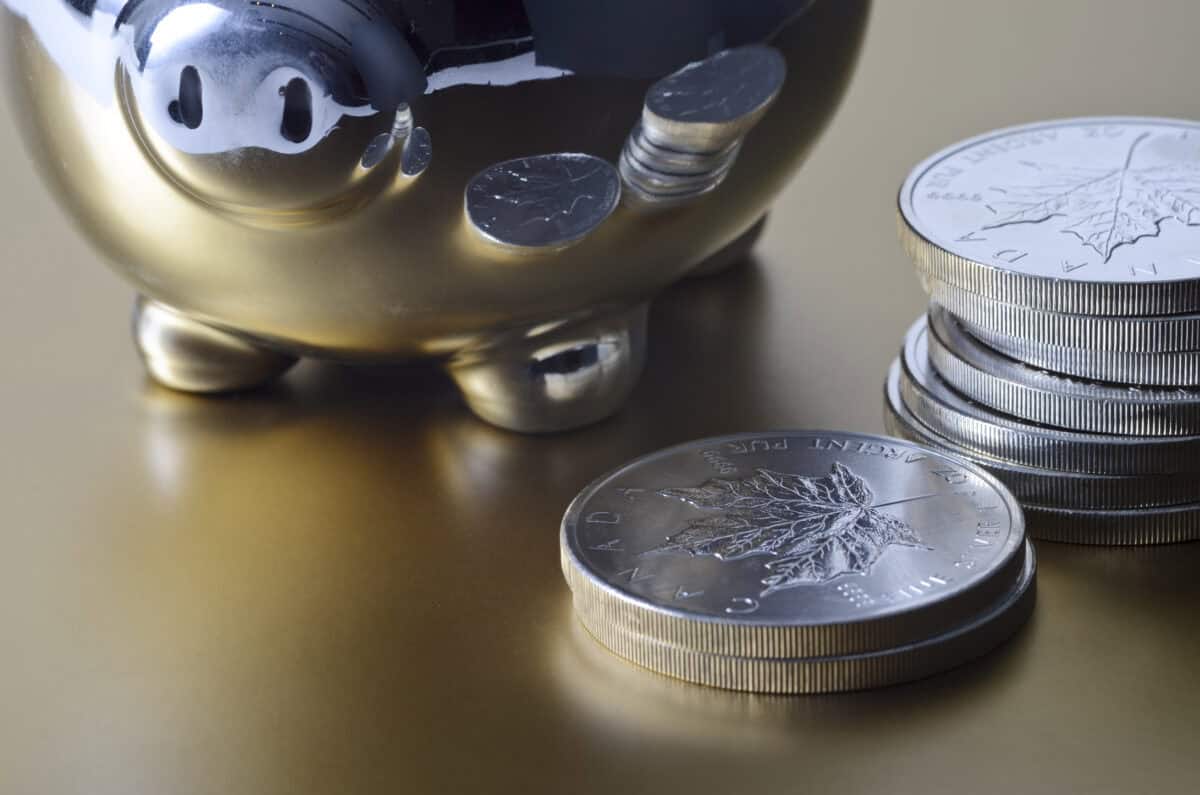Retirement may be the end of active income, but it is not the end of taxes. The Canada Revenue Agency (CRA) will tax your passive income from Canada Pension Plan (CPP), Old Age Security (OAS) pension, and Registered Retirement Savings Plan (RRSP) withdrawals. While you have no control over the OAS and CPP payout, you have control over RRSP withdrawals. Hence, when planning your retirement savings, also consider tax planning to minimize CRA tax impact after you retire.
When should you invest your retirement savings in an RRSP
Secure RRSP tax benefit: The CRA allows you to deduct the RRSP contributions from your taxable income. Invest through RRSP only if your present taxable income is high, and RRSP contributions can bring significant tax savings. If there is no need, invest your after-tax income through the Tax-Free Savings Account (TFSA).
The TFSA allows you to grow your investments tax-free and withdraw them tax-free. In other words, if your TFSA investments have grown to $100,000 and you withdraw them all, you need not report it in your taxable income. Since TFSA withdrawals are not added to your income, you can preserve your tax-free Guaranteed Income Supplement (GIS) benefit if you qualify.
When not to invest your retirement savings in RRSP
If you are maxing out on your CPP contributions every year, avoid investing in RRSP unless it is to reduce tax. Because you might qualify for the maximum CPP payout when you retire. The maximum CPP payout and OAS pension could reduce your GIS.
For 2025, the maximum CPP contribution is $1,433 per month, which comes to $17,196 in a year. The maximum OAS pension you can earn is $8,731.8 in a year ($727.65/month). The annual income comes to $25,927.8. From April to June 2025, you can get a maximum GIS of $1,086.88 per month if your annual income is less than $22,056. Since your annual income is above the threshold, there will be some GIS clawback. On top of that, if you make RRSP withdrawals, you not only lose GIS but also pay higher taxes.
Since your CPP payout is maximum, TFSA withdrawal can help reduce tax and get a portion of tax-free GIS.
Where to position $25,000 retirement savings to minimize CRA tax impact
If you are maxing out on your CPP contribution, you might want to look into your TFSA contribution room. If you were above 18 in 2009, your cumulative TFSA contribution room is $102,000 in 2025. You can invest $25,000 in growth and dividend growth stocks through your TFSA if you are still 15-20 years away from retirement.
Growth stock
Topicus.com (TSXV:TOI) is a spin-off of Constellation Software and operates on the lines of its parent. Topicus.com focuses on vertical-specific software companies in Europe. The bearish market will open up opportunities to acquire companies at heavy discounts.
Since it focuses on mission-critical applications, the cash flows from acquired companies may remain stable. Regular acquisitions to secure a new cash flow stream could compound the investments in the long term and grow your money significantly.
If you invested $10,000 in Topicus.com on February 1, 2021, when it started trading on the exchange, your investment would be worth $24,327. In just four years, your money grew 150%. It could grow multiplefold if you stay invested for 10-12 years. The TFSA will make your capital gains tax-free.
Dividend stock
Manulife Financial (TSX:MFC) is a good long-term dividend stock for TFSA retirement. It has been growing dividends at an average annual rate of 10.7% over the last 10 years. The company offers a dividend reinvestment plan (DRIP). The only drawback is that the stock is trading near its 52-week high of above $40. The last time Manulife crossed the $40 threshold was in 2007, just before the 2008 Financial crisis.
Since Manulife is an insurance company, its revenue and stock price rise when the risk increases. The stock price could fall if the global economy slows. You could consider investing small amounts throughout the dip and locking in a higher yield. In the long term, the effect of compounding will increase your payout.

